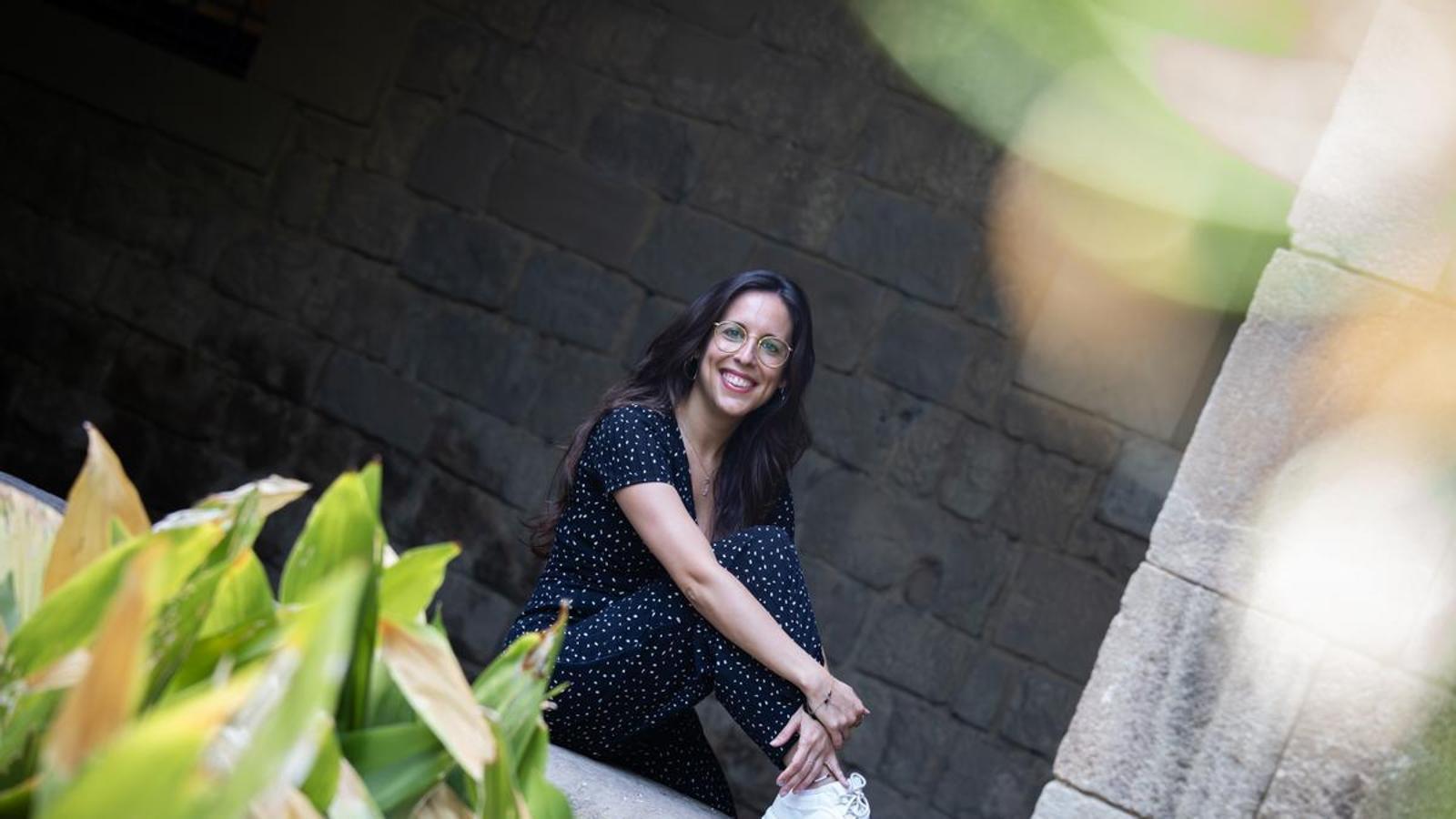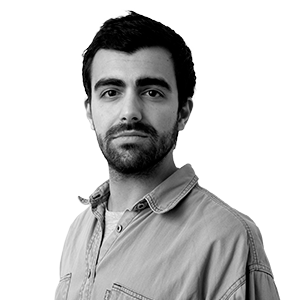Nine years for a fibromyalgia diagnosis: "Going to the doctor was like entering hostile territory."
The disease is rare in young people like Rocío and affects four times more women than men.


BarcelonaRocío was only 19 when her body began to fail her. Some muscles weren't responding as they should, her joints ached, and her knees and neck were swollen. What started as minor discomfort turned into intense, debilitating pain. She couldn't keep up with her friends, and she began a journey of doctor visits to find out what was happening. She says she remembers it as a very dark and frustrating time. No one could explain what she had, the tests came back fine, and some professionals even questioned her suffering. She spent nine years hopping from doctor to doctor and specialist to specialist until she was finally diagnosed with fibromyalgia, an incurable disease that causes chronic pain throughout the body.
Despite the relief of knowing what was wrong with her, she still gets upset when she thinks about those years when so many people questioned her. "Going to the doctor was like entering hostile territory for me. I felt judged and misunderstood. They accused me of making up my pain. I think it was very unfair and very dangerous," she explains in a conversation with ARA after 14 years of living with the disease. Now 33, she wakes up every morning with the same goal: to be as healthy as possible at the end of the day. Each month she spends around 200 euros on therapies and treatments, many of them natural, to minimize the flare-ups that have plagued her for almost half her life, but avoiding the pain caused by fibromyalgia is impossible.
"I never know how much pain I'll wake up in; mornings are usually horrible," says the patient, who wakes up an hour and a half before leaving the house to stretch. She complements her prescribed pain medication with supplements and natural remedies, carefully monitors her diet with a nutritionist, sees several specialists weekly, and undergoes physical therapy and psychological therapy, among other options. Still, there are days when the illness overcomes her, and she has learned to stop when fatigue and pain overwhelm her. "My life project is my health," emphasizes Rocío, who has had to reinvent herself and leave her career as a television producer to focus on her health, even though it was her vocation.
Difficulties in diagnosis
Cases in young women like Rocío's are very rare, as the disease typically begins after the age of 50. It affects up to four times more women than men, its causes are unknown, and the range of symptoms varies from case to case, although all share a common cause of widespread pain throughout the body. This, coupled with the lack of a test to detect it, means that diagnoses take a long time, explains Àgata Camps, a family doctor specializing in fibromyalgia who treats Rocío from the primary care center in Rubí.
Professionals usually diagnose it by exclusion, meaning they run several tests to determine where the pain is coming from, and if all are negative, they end up deciding on fibromyalgia. "There is a questionnaire that, based on the answers, tells us if someone has compatible symptoms, but we don't have any tests to detect it directly," explains the expert. This means that, like Rocío, many patients feel misunderstood and abandoned by professionals, who refer them to various specialists to ensure that the cause of the pain is not another illness.
Once the diagnosis is made, Camps explains that a multidisciplinary approach is necessary and, beyond trying to minimize pain with medication, it is necessary to accompany the treatment with psychological therapy, physiotherapy, exercises adapted to the illness, and a change in diet. Rocío also participates in one of the fibromyalgia groups of the Catalan Society of Family and Community Medicine (Camfic), along with other patients, and they share experiences. "It's a way of feeling supported and reaffirming that what you're going through is real and you're not alone," she explains.
Even so, Rocío still has to give up certain activities and certain plans, such as a hike in the mountains or a day of paddle surfing on the beach. She firmly maintains that it doesn't take much effort for her to make these sacrifices because she prioritizes her health above all else, but she does look to the future with some concern, as her "backpack" isn't the same as everyone else's. For all these reasons, Camps argues that more research is needed to better understand a disease that, in many ways, remains a mystery to science.
